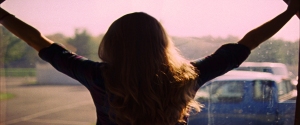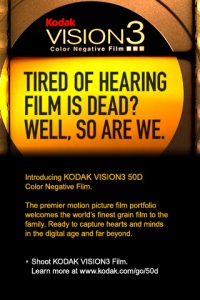
- From the music video Get Over You
Welcome to Latent Imager. This blog was created FOR YOU…. aspiring filmmakers who want to learn about the craft and art of film production.
Much has changed in film production since I made my first film in 1980. Film stocks have improved dramatically and, with the advent of digital and all its great tools and capabilities, filmmakers have been able to expand the medium to higher levels of quality and practical use. Film cameras too have also changed significantly, incorporating many of the advances in newly developed technologies. However, even with all the many camera improvements, older cameras (developed as much as 40 years ago) can still produce stunning images, due to the inherent nature and evolution of the medium itself.
The format of this blog is project based… much like a university film program. However, for the first nine months I will be assigning myself (see the heading “About“) a series of film projects to shoot and post on this site… much like class assignments. And to break in into the world of film production gradually, the first assignments will be simple Super-8 film projects (Filmmaking 101), As the year progresses, the blog will advance (one project at a time, one course at a time) to projects shot in 16mm (Filmmaking 201 and beyond).
As the year unfolds, each project, and sometimes its various stages, will be graphically displayed on the “Timeline” and also categorized under one of the Filmmaking 101-501 headings. Links to related sites, videos and podcasts will also be posted to help facilitate learning. I’m hoping you will join the blog, follow my progress, add comments and pose lots of questions along the way. The first project is due to begin on September 1, 2011.


 Recently, Kodak announced plans to offer newly-designed Super 8 cameras with “digital features” along with a host of post-production services and tools. Details are preliminary and limited, but it looks to be a complete shooting and processing solution, including built-in sound recording, crystal sync at all camera speed, film prints for projection, and 4K digital transfers.
Recently, Kodak announced plans to offer newly-designed Super 8 cameras with “digital features” along with a host of post-production services and tools. Details are preliminary and limited, but it looks to be a complete shooting and processing solution, including built-in sound recording, crystal sync at all camera speed, film prints for projection, and 4K digital transfers.











